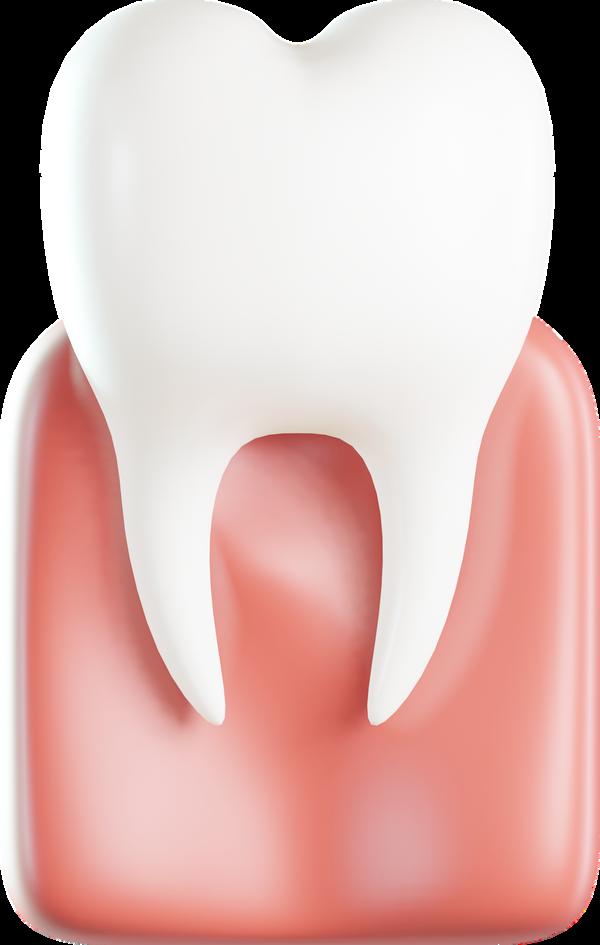Howto RepairaCracked ToothwithDentalBonding



Dental bonding is a procedure in which a tooth-colored resin is applied to a tooth, hardens, and then is sculpted into the desired shape. The resin is then polished to match the surrounding teeth. Bonding can be used to repair a cracked tooth, chip, or discoloration.
When you have a cracked tooth, it is important to repair it as soon as possible. Dental bonding is one way to repair a cracked tooth. Bonding is when a dentist uses a material to “bond” or glue the tooth together. The material used for dental bonding is called composite resin. Composite resin is a plastic material that is available in many different colors. The color of the composite resin will be matched to the color of your natural teeth.
Dental bonding is a popular choice for repairing cracked teeth. It is quick, easy, and relatively inexpensive. The main advantage of dental bonding is that it can be done in one visit to the dentist. It does not require any special preparation or anesthesia, and the procedure can be completed in about an hour.
Another advantage of dental bonding is that it can be used to repair teeth that are chipped, discolored, or slightly misaligned. Bonding can also be used to fill in small gaps between teeth. One disadvantage of dental bonding is that it is not as strong as other methods of repairing cracked teeth such as crowns or veneers. Bonded teeth are also more likely to stain and discolor over time.
1. Avoid chewing on hard foods: Chewing on hard foods can put stress on your dental bonding, which can cause it to crack or come loose. Stick to softer foods for the first few days after your procedure.
2. Be careful with hot and cold drinks: Sipping on hot or cold drinks can also put stress on your dental bonding. Use a straw when drinking beverages other than water for the first few days post-procedure.
3. Practice good oral hygiene: Good oral hygiene is essential for any dental procedure, but it’s especially important after having dental bonding done. Be sure to brush twice a day and floss daily to keep your teeth and gums healthy.
4. Schedule regular checkups: Once your dental bonding has been repaired, you’ll need to see your dentist for regular checkups to ensure that it’s still in good condition. These appointments will also help catch any potential problems early on so they can be treated before they become serious.
